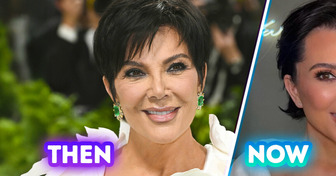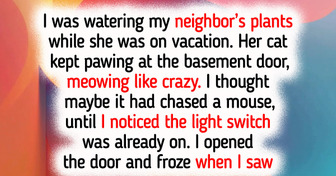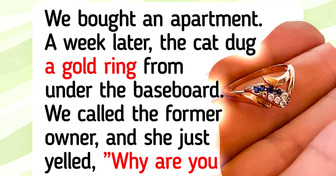Miley Cyrus Causes a Stir by “Leaving Nothing to the Imagination” as She Wears an Extremely Revealing Dress
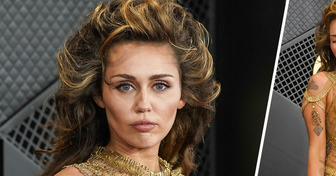
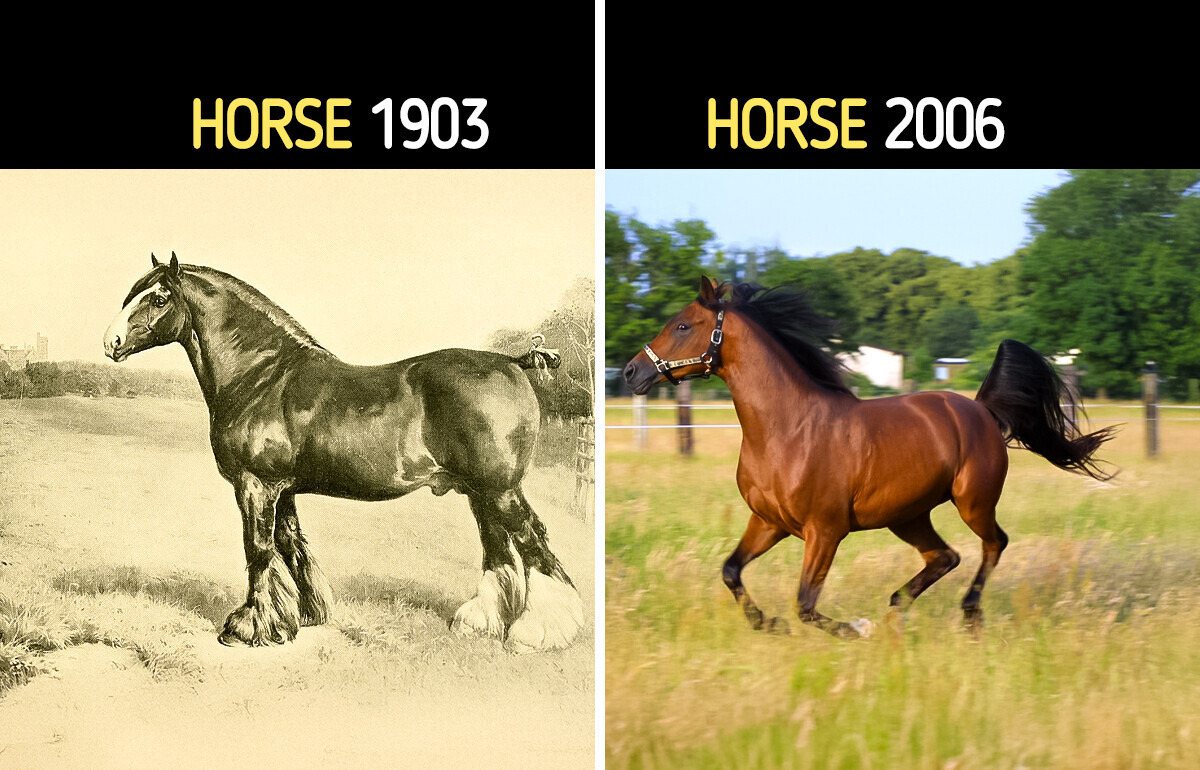
You know those makeover shows where someone goes from meh to whoa? Now picture that, but with pigs, chickens, and cows. Yep.
We’ve basically been nature’s personal stylists for farm animals. For centuries. And the glow-ups? Honestly, kind of bonkers. These animals didn’t just evolve. We gave them full-on makeovers.
Beefy cows didn’t just happen overnight. Back in the 1700s, a British farmer named Robert Bakewell decided cows needed a glow-up. He started selectively breeding them to be bigger, meatier, and all-around more impressive than their scrappy ancestors like the wild Chillingham cattle.
Fast-forward to today, and the Belgian Blue is taking things to a whole new level, this cow is basically the bodybuilder of the barnyard, packing double the usual muscle. Moo-ve over, gym bros.
That’s over twice the size! Don’t believe it? Just look at the feathered fellas in 1973 compared to the super-sized gobblers let in 2016. One’s a dinner guest, the other’s a gym membership away from bench-pressing you.
Today’s fluffy farm sheep weren’t always so pampered. They’re believed to be the distant cousins of the wild mouflon from Europe and Asia, basically the rugged, outdoorsy type. Enter Robert Bakewell (yes, him again), who clearly had a thing for animal glow-ups.
He worked his breeding magic in the 1700s to create sheep that were not just bigger, but also daintier in the bones, fluffier in the fleece, and extra plush in the front. Think less wild mountain vibes, more runway-ready wool model.
Once upon a time, chickens were jungle royalty. Today’s clucky farm birds are basically the glow-down version of the red junglefowl. They’re still technically the same species, just with a lot less swagger. While their ancestors might have been bred for the ancient version of Fight Club (feathered edition), modern chickens are mostly raised for meat and eggs.
The not-so-fun part? Most of them live in factory farms, crammed together in conditions that would make any bird lose its feathers. Definitely not the free-range fairy tale they deserve.
Modern pigs may be living the farm life now, but their ancestors were wild boars, tough, tusky, and rocking a coat of coarse fur like nature’s own leather jacket. While pigs were first domesticated in Asia, Europeans jumped on the pig train about 11,000 years ago.
Today’s farm pigs are smoother and tusk-free (thanks to farmers). They’ve gone from wild and woolly to soft, with a whole lot less attitude.
Salmon has always had a seat at the dinner table, whether grilled, smoked, or tossed on a salad. But in recent years, the salmon we eat today has changed a lot from the wild fish our grandparents knew. Thanks to overfishing, farms stepped in to keep up with demand. But that also opened the door to science-y upgrades, like breeding salmon to grow way bigger than their wild cousins.
Geese weren’t just farm pets with attitude, they were the original multitaskers. People kept them for meat, feathers, eggs, and yes, for foie gras (which sounds fancy until you realize it literally means “fatty liver” in French).
Over the years, humans did what humans do best: they started tweaking things. Geese were bred to be much bigger than their wild, fly-away cousins. They also developed soft, fatty belly pads.
Oh, and that classic snowy-white goose look? Totally intentional. Farmers chose white feathers over natural brown ones because they just looked cleaner and were easier to pluck (sorry, geese). They also bred them to walk more upright, like they own the place, and fly less, which made keeping them around way easier.
Basically, we turned them from wild wanderers into homebody honkers.
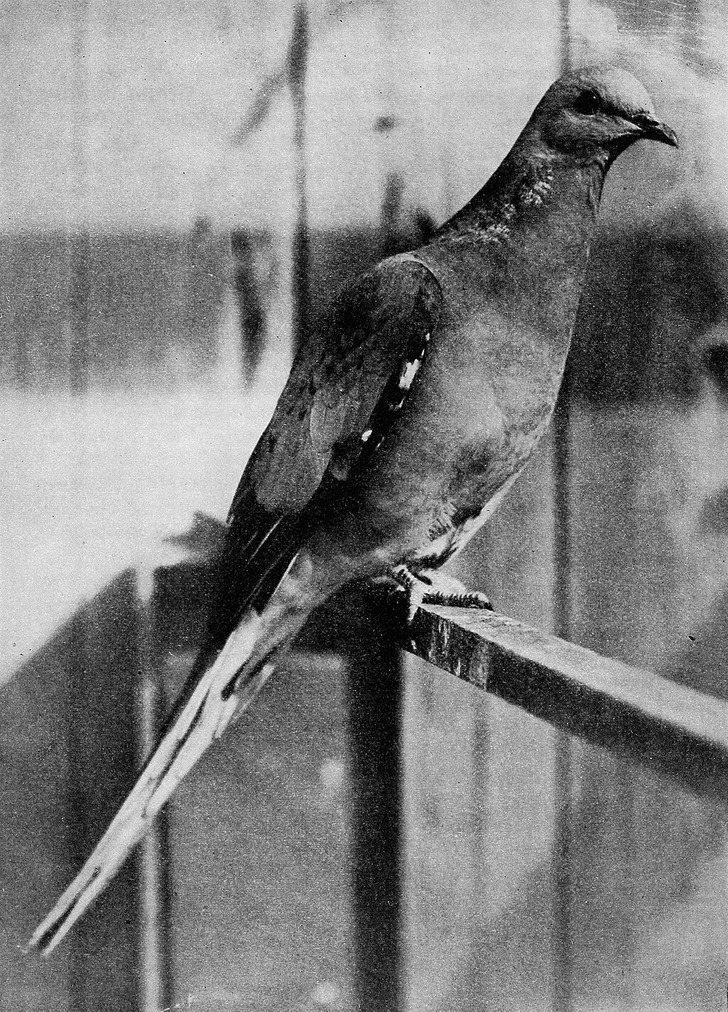
Before pigeons were dodging taxis and stealing fries in city parks, they were making science history. Charles Darwin, yes, that Darwin, used pigeons to help test his theories about evolution. He discovered that all domestic pigeons, no matter how fancy or weird-looking, came from the same humble bird: the Rock Dove.
By the time Darwin was studying them, pigeon breeding was already a full-on hobby in England. People had been raising them for food for centuries, but eventually started going for style over supper. Enter the “Fancy Pigeon,” a bird with dramatic feathers, showy colors, and the kind of flair that would crush it on a red carpet.
These days, pigeons have a bit of an image problem. In cities, they’re often called “rats with wings” (rude), thanks to their scavenger lifestyle. But under the soot and snack-stealing, they’re actually clever, loyal, and still very fancy pets for those in the know.
Goats have been hanging out with humans for a very long time, like, 9,000 years long. They were among the first animals people ever domesticated, right alongside cattle and sheep. Basically, goats were the original farm influencers.
Fast-forward to today, and there are hundreds of goat breeds around the world. Some are raised for their meat, others for their fabulous coats. The Angora goat, for example, is a total fashion icon thanks to its soft, luxurious mohair. Meanwhile, the Boer goat from Africa skipped the fiber scene altogether and went straight for the muscle, these bulkier goats are raised specifically for meat.
From fluffy to beefy, goats have proven they can do it all. Total overachievers, really.
In North America, we tend to think of horses as majestic pets or Pinterest-worthy parade stars, not dinner. But around the world (and even in French Canada), horse meat has been on the menu for centuries. Yes, people have been raising horses for more than just riding into the sunset.
Depending on where they lived, folks selectively bred horses for different traits: strength, size, stamina, or all three. That’s how we ended up with such a wide variety, from teeny-tiny mini horses (basically pocket ponies) to towering draft breeds like the Shire and the Clydesdale, who look like they could pull a castle if they had to.
Then there’s the Arabian horse, one of the oldest breeds we know of. Sleek, strong, and known for endurance. The Arabian was a prized companion for the nomadic Bedouins. Not too big, not too small, basically the Goldilocks of horses.
Humans didn’t just mess with farm animals... We’ve been remixing regular dogs too! Just look at dog breeds today vs. about a hundred years ago. It’s like they all got a makeover from a very confused stylist.

